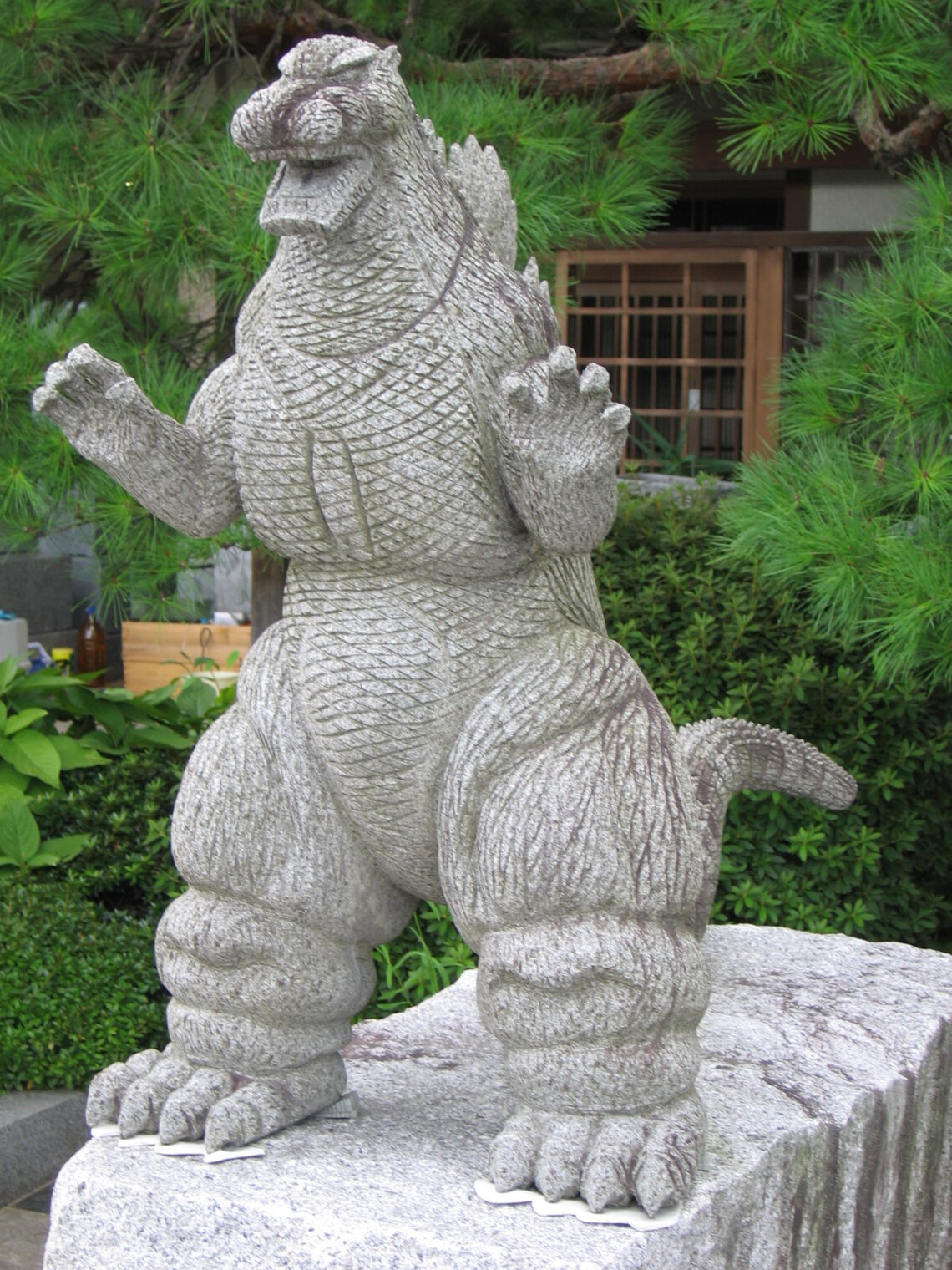Japanese women have a fertility rate of about 1.4 compared to 1.7 for potentially pregnant American people (some of whom identify as “men”). The Rise of Modern Japan is a lecture series in which Emory University professor Mark Ravina explains his theory that the fall in Japanese fertility is due to the declining number of highly secure jobs. Women in Japan practice sexual selection, in other words, and select against men whose next 20 years of paychecks are not guaranteed. Japan neither valorizes nor financially encourages “single moms” to the extent that we do here in the U.S., so it isn’t practical for 2-5 women to mate with 1 attractive (financially or physically) male.
Separately, the lecture series covers what happened when a lot of guys in their 50s were sent into early retirement in the 1990s following the bursting of the Japanese asset bubble. Their wives referred to these unexpected all-day home-dwellers as “Sodai Gomi” (oversized garbage, requiring a sticker to be hauled away by the city) and “nureochiba” (wet fallen leaves, sticking to one’s shoes and tough to shake off).
(Why don’t the irritated wives avail themselves of no-fault (“unilateral”) divorce and take the house, cash, etc.? “Under the Japanese laws, a spouse cannot divorce at his/her sole discretion. Basically a mutual agreement between spouses are needed to divorce in Japan.” (source))
The lecture series also talks about the long-term effects of “3/11” (the Fukushima nuclear plant failure) on the Japanese psyche. Although the series is new (the professor mentions COVID-19), it might be out of date. Inflation in the price of fossil fuels has finally generated (so to speak) some renewed enthusiasm for nuclear power among the Japanese public. Bloomberg says that only 10 out of 33 possible plants are currently online.
Another interesting observation is that Japanese competence works against political and economic reform. Everything in Japan works reasonably well and therefore it is difficult to motivate voters to demand political change. Japan thus muddles through with its massive conglomerates that are cronies of the ruling parties.
From a 2004 trip to Japan, my rental car (maybe not the best idea if you can’t read kanji) next to a hill that has been concretized and a traditional Japanese garden ornament that I would desperately love to have for our own backyard!


…a traditional Japanese garden ornament that I would desperately love to have for our own backyard!…
Here you are. It’s not carved from stone, but it’s animatronic!
1. Mouth open and close with synchronized sound
2. Eyes blink
3. Head moving left to right
4. Neck moving up and down
5. Bodymoving from up to down
6. Abdominal breathing
7. Tail swaying
8. Forelimbs moving
$500-$3000. I suppose the total depends on the complexity, but you’ll have to ask. If you don’t like any of the Godzillas, they also have some Sasquatches. A guy in my small town has one of them from the 2nd link out near his mailbox waving a Ukrainian flag. I’ll take a picture of it.
https://www.alibaba.com/product-detail/Life-size-Movie-Monster-animatronic-Godzilla_62413185690.html
You will be the envy of your neighborhood!
https://www.alibaba.com/showroom/godzilla-statue.html
Don’t forget the “Fiberglass Large Sculpture Character Life Size Gorilla Statue for Christmas”
https://www.alibaba.com/product-detail/Fiberglass-Large-Sculpture-Character-Life-Size_60695301808.html
Does it come with the cheerleader?
BTW thank you sincerely for the Great Courses link. In the cart. Now if you can send me a great link to baby formula I could corner the market here in Deplorable Land.
Figured the bitchiness of Japanese women under 30 would have more to do with the low reproduction. Throw some glasses & a business suit on the statue & it’s a perfect likeness of GREENSPUN.
lion skating on the edge of moderation…
Does the dragon statue represent a wife after being notified that her husband is unemployed?
Perhaps the wives complaining about oversized garbage would be happier under Sharia law (which is a possibility after unlimited immigration), where one employed man can have four wives.
Japan lacks the permanent underclass (you know, the diversity) which uses children as income source.
If you look at the actual taxpayers only, the fertility rate in US is not much different from Japan’s.